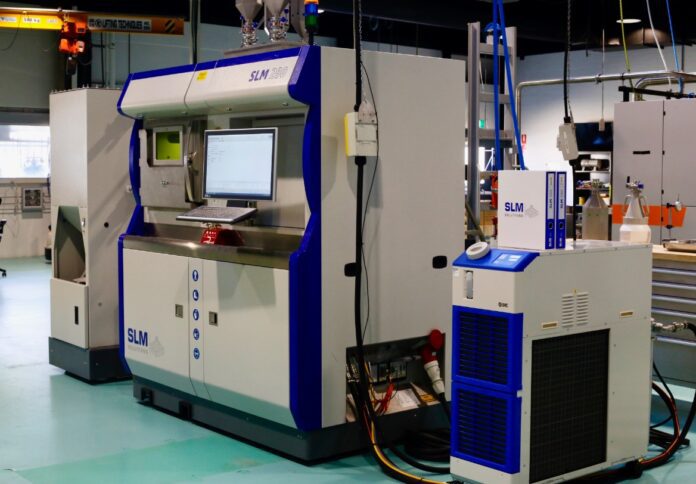
A groundbreaking development in aerospace manufacturing is underway in Melbourne with the introduction of Australia’s first multi-metal 3D printer as part of the iLAuNCH Trailblazer initiative, as revealed in a media release.
This state-of-the-art technology aims to make space missions more cost-effective and efficient by producing lighter, faster, and more durable aerospace components.
The Nikon SLM-280 (Selective Laser Melting) housed at CSIRO’s Lab22 facility will revolutionise manufacturing by printing metals side-by-side in a single continuous process.
This advancement is particularly well-suited for aerospace applications where high performance and lightweight materials are crucial, allowing engineers the freedom to design components that are both structurally efficient and cost-effective.
Dr Joni Sytsma, chief technology officer of iLAuNCH Trailblazer, expressed excitement about the potential of this groundbreaking technology.
“This capability is the first of its kind in Australia and the southern hemisphere. iLAuNCH is thrilled to open up new manufacturing possibilities for locally made aerospace products.”
The introduction of this multi-metal 3D printer is poised to provide a competitive edge to Australian companies involved in satellite and rocket manufacturing.
By optimising designs and streamlining production processes, these companies can enhance performance while reducing lead times and costs, all from their base in Melbourne.
Additionally, the technology shows potential for creating new super alloys that can endure extremely high temperatures, which are essential for the advancement of hypersonic air transportation.
The printer’s ability to fabricate complex geometries in a single process also has significant implications for other industries, including automotive racing, where lightweight, high-strength components are essential.
Dr Cherry Chen, senior research scientist at CSIRO, highlighted the diverse range of applications for the multi-metal 3D printer, including satellite structures, novel radiation shielding, and high-performance heat exchangers.
“Other uses to consider include satellite structure and componentry, as well as developing novel radiation shielding with alloys that are in development in the various laboratories under the iLAuNCH Trailblazer,” noted Dr Chen.
The multi-metal iteration of the SLM-280 significantly improves upon its standard counterpart, a model that has already garnered international recognition for its versatility and performance.
Notable achievements include the creation of a monolithic thrust chamber for a rocket propulsion engine featuring a unique lattice structure in collaboration with CellCore GmbH, an engineering firm based in Berlin; the development of a hydraulic valve block in partnership with the VTT Technical Research Centre of Finland, resulting in a remarkable 66% reduction in size and a 76% reduction in weight; and the production of a gooseneck bracket with ASCO, a Belgian aerospace company, achieving a notable reduction in the buy-to-fly ratio from 17 to 1.5 and a weight reduction of 31%.
Donald Godfrey, global director of Business Development for Aviation and Defense at Nikon SLM Solutions, highlighted the shift in metal bonding technology, noting that traditional methods such as Hot Isostatic Pressure (HIP) or welding and brazing of dissimilar metals have been predominant for decades.
“Delivering Laser Powder Bed Fusion technology to generate a truly functionally graded material component to CSIRO marks the first time the technology has been taken out of Germany. This technology sets a new cornerstone in the aerospace and defence and space industry for what is possible,” explained Godfrey.



















